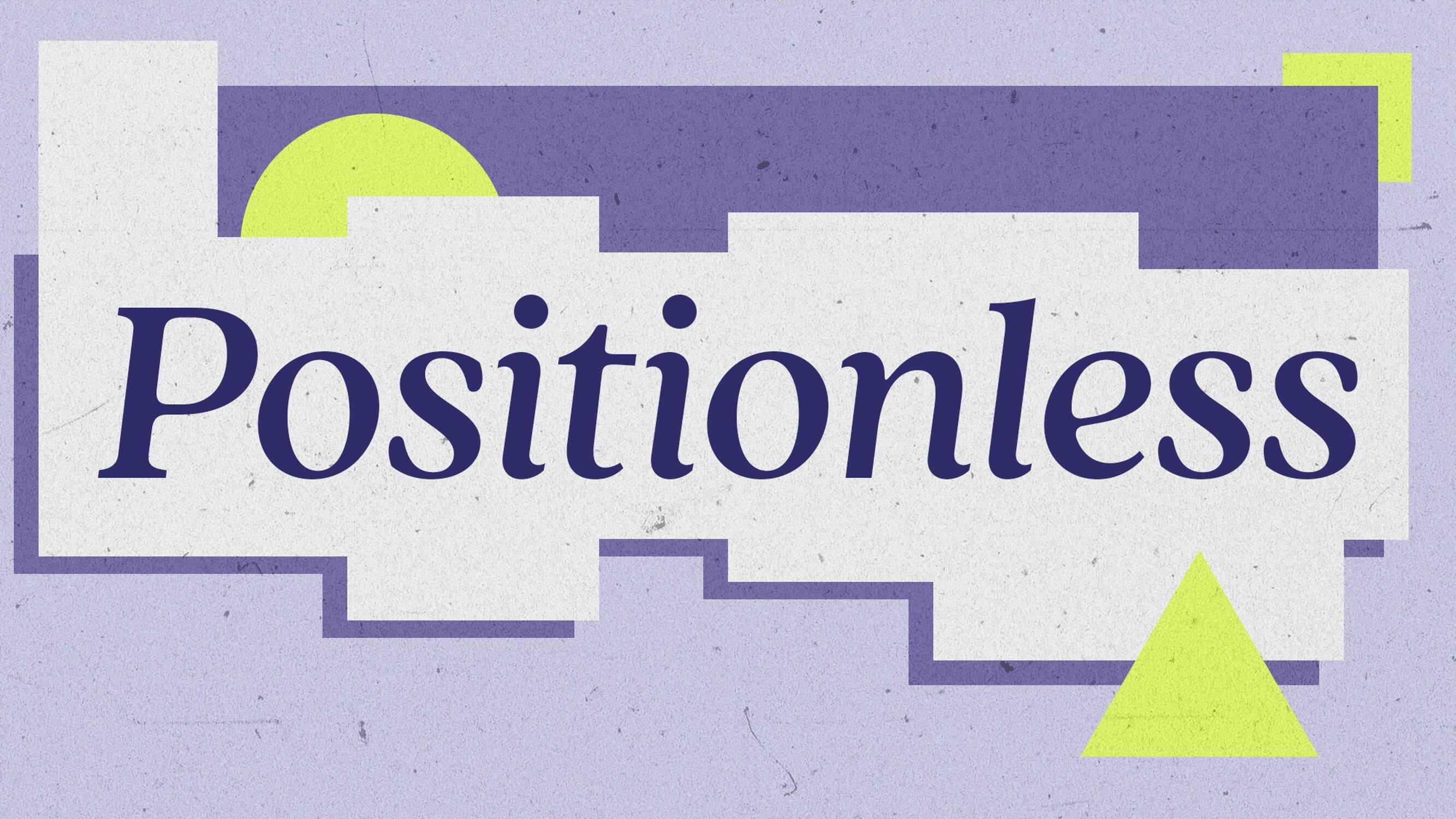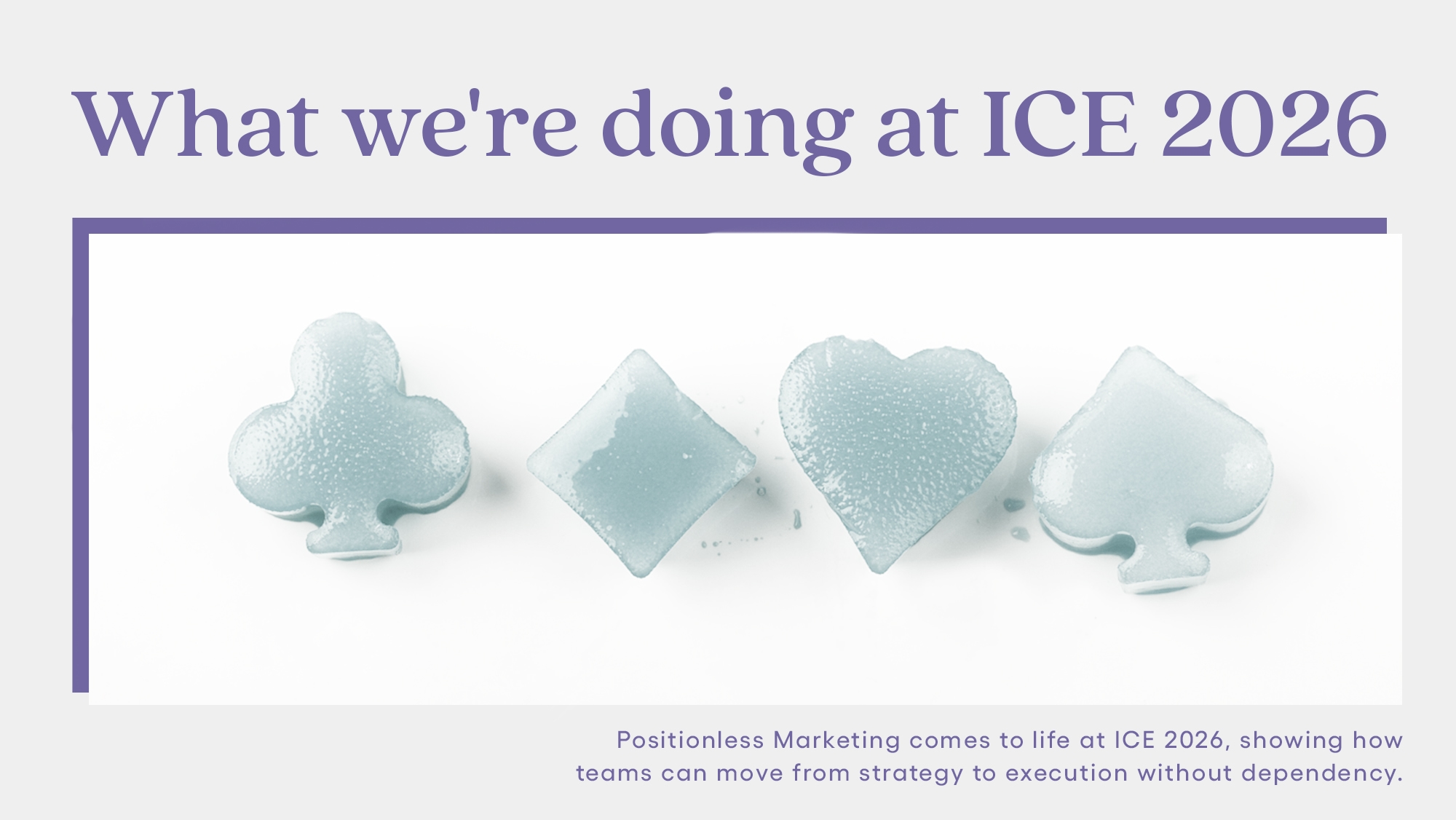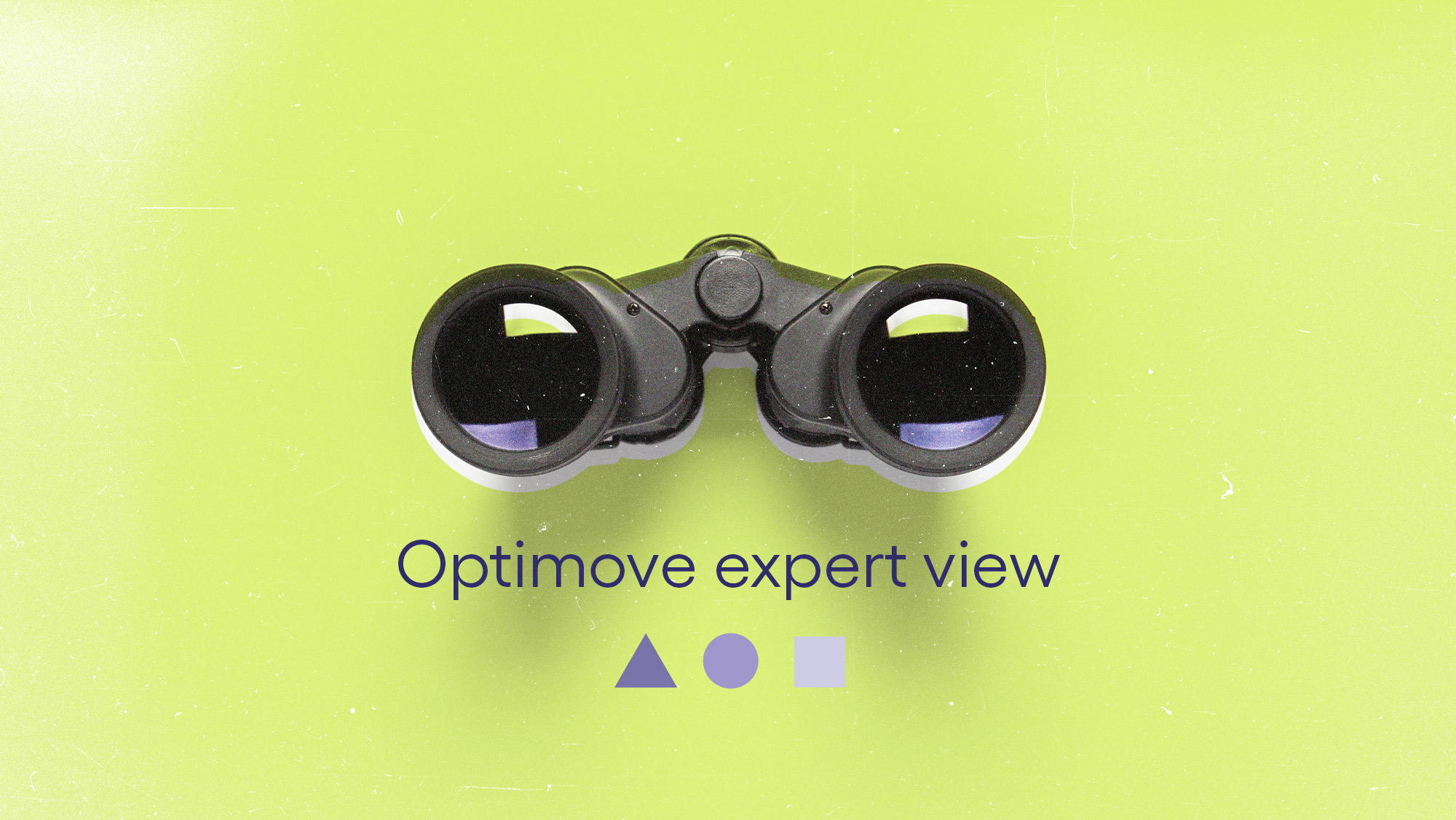
AI and the Retail Marketer’s Future
How AI transforms strategy and processes, driving the adoption of Positionless Marketing
Exclusive Forrester Report on AI in Marketing

Marketers know best what strategies are appropriate for their brand and what use cases they need to achieve, and their judgment should be considered when assessing technologies. But, we know the decision-making process isn't always ideal and thorough and inclusive enough.
Thus, presenting how such technologies will help the organization, and be ROI positive enough to make it all worth everybody's while, is a critical skill for a marketer to posses in their toolkit.
Especially with marketing budgets tightening and every expense heavily scrutinized, making gaining decision-maker buy-in for new marketing technologies harder than ever.
Nevertheless, there are specific actions marketers can take to ease the process and increase the likelihood of approval.
The following outlines one practice marketers can implement when building the specific case for acquiring an orchestration engine – which is what Optimove does – and explains how to present it to relevant stakeholders.
But as much as this may sound case-specific, the overarching approach here can be used when trying to get buy-in for practically any other expense.
One of the first steps to building the case for acquiring a marketing orchestration engine is identifying the current gaps brands have in their marketing eco-system and what use cases marketers can't solve as a result of those gaps.
Additionally, different vendors excel at other use cases, and specific capabilities may vary.
When determining the use cases marketers would like to accomplish, it's also essential to evaluate different vendors for what they offer.
The following are three everyday use cases for a marketing orchestration engine:
Here, we'll outline the first one. Again, find all three here.
One of the best ways to cultivate brand-loyalty is to deliver a personalized, unified customer experience across all touchpoints. Personalization is about more than just knowing a customer's first and last name. It's about identifying their preferences, how they want to be communicated with, and what type of communication leads to the highest success rates.
To achieve this level of personalization, siloes must be eliminated. Marketers need to be able to aggregate and consolidate customer data and manage all engagement channels from a single source.
For example, unifying customer data from several different sources should be done to create a single customer view. This allows marketers to deliver the highest level of unified personalization across all touchpoints by granting them a complete view of customers' habits and interaction with the brand, favorite product category, campaign engagement metrics, website, and mobile app activity, etc.
Many brands still maintain different data sets in a silo, with other departments and teams responsible for each data source and a separate marketing strategy across the various touchpoints. Operating in such a manner guarantees that customers have a unified experience and can lead to customers being exposed to conflicting campaigns and messaging.
Those who are able to break down the siloes on their own do so by consuming an enormous amount of internal resources. For example, marketing departments that use their own resources to aggregate and consolidate data from different sources typically need the help of IT to access the data in a comprehensible manner. IT will pull data from various sources to create a uniform database, translate similar fields from different databases to a unified nomenclature for consistency, and then standardize the data by removing duplicates, accounting for spelling errors, and additional changes. This process is tedious, labor-intensive, and prone to human error.
In Gartner's 2020 Magic Quadrant for Multichannel Marketing Hubs, the research firm states that "collecting data from multiple sources and touchpoints into a single individual identity is essential to driving triggered messages that resonate with audiences."
To excel at orchestrating marketing communications, marketing orchestration engines function as a central hub for customer data with all data unified into a single customer view and made easily accessible to marketers for activation. If previously different marketing roles would work off different data sets, a marketing orchestration engine ensures that the entire marketing department is using a single source of truth.
Aside from the initial configuration that can require IT's assistance, once the setup is complete, the data will continuously stream to the orchestration engine, dramatically reducing IT resources and dependency. Moreover, Optimove also orchestrates multi-channel marketing campaigns, which further streamlines and improves the marketing process.
Using an orchestration engine ensures that marketers can provide customers with a unified customer experience across all touchpoints. For example, marketers can leverage clienteling to invite customers who live near a shop and recently purchased online to visit the shop. Doing so both improves the customer's experience and increases the likelihood of the customer making an additional purchase.
Gartner's research indicates that in recent years, IT has become one of marketing's greatest allies. Based on this specific use case, it seems obvious. By acquiring a marketing orchestration engine, marketers reduce IT workload and gain direct access to customer data. Before speaking to a decision-maker, marketers should try to get the CTO or other IT leadership team members to endorse the acquisition of such a platform. The two could even take this a step further by demonstrating the time and budget spared from the IT department by acquiring a marketing orchestration engine.
To remain competitive and retain more customers, brands need to invest wisely in their marketing technology stack. Despite marketing budgets shrinking, some technologies and tools can optimize marketing contributions that more than return the investment in their worth and the capabilities they provide.
But without being able to make these cases internally properly and execute the strategies marketers dream of – companies will just let others take the lead.
Exclusive Forrester Report on AI in Marketing
In this proprietary Forrester report, learn how global marketers use AI and Positionless Marketing to streamline workflows and increase relevance.


Writers in the Optimove Team include marketing, R&D, product, data science, customer success, and technology experts who were instrumental in the creation of Positionless Marketing, a movement enabling marketers to do anything, and be everything.
Optimove’s leaders’ diverse expertise and real-world experience provide expert commentary and insight into proven and leading-edge marketing practices and trends.


